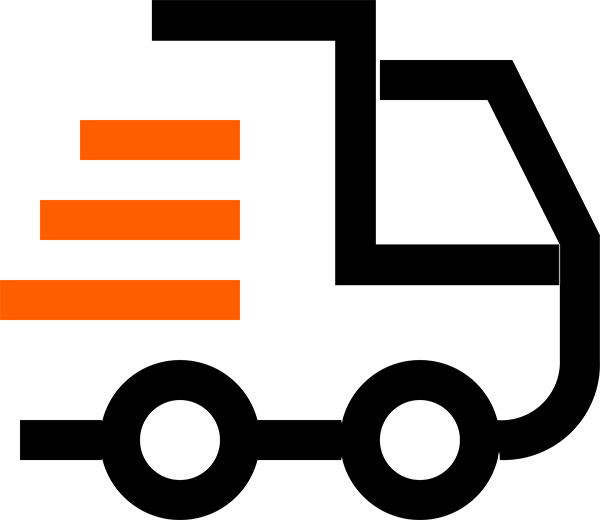Brief Introduction to Electric Bicycle Hub Motors
Have you ever wondered about the hushed powerhouse concealed within the hub of an e-bike? These are precisely the versatile hub motors that can be mounted on the front, rear, or even both ends. Propelled by the accelerator or pedal assist, these motors boast an impressive power range, typically spanning from 250W to 750W. They infuse a thrilling twist into your riding experience, reminiscent of cruising on a motorcycle or zipping along on an electric scooter. Yet, it's essential to underscore that hub motors aren't intended to fully replace pedaling. Instead, they establish a harmonious synergy between leg power and movement support. E-bikes equipped with hub motors excel in tackling uphill challenges while preserving the durability of transmission components.
Delving into In-Wheel Motor Dynamics
At the core of an in-wheel motor lies a sophisticated mechanical interplay. The wheel's rotation is precisely orchestrated to maintain a smooth cadence, while the motors engage with seamless grace. This intricate ballet is achieved through an internal transmission nestled within the hub. This engineering marvel allows the wheels to gracefully navigate diverse terrains. Notably, numerous manufacturers opt for the potent 52V hub motors, renowned for their capacity to handle heavier loads and endure longer journeys.
Exploring the Array of Hub Motor Types
Front Hub Motor: The front hub motor discreetly nestles in the center of the front wheel, furnishing subtle yet potent power to propel your e-bike forward. Configuring the wiring and battery setup for the front hub motor is a straightforward task that doesn't alter the structural integrity and function of the rear wheel. Riding a bike energized by a front hub motor feels akin to being carried by unseen currents, adding an intriguing layer to your journey. It's worth noting that installing and configuring the front hub motor is highly user-friendly.
Aside from facilitating balanced weight distribution between the front and rear wheels, the front hub motor distinguishes itself as a unique entity. This clever design simplifies maintenance while safeguarding the motor from potential interference.
Rear Hub Motor: Concealed within the rear wheel's hub, the rear hub motor exerts power from behind, offering a distinct riding experience. Gliding on a bike outfitted with a rear hub motor imparts the sensation of a gentle propulsion forward, injecting an extra surge into your adventures. The rear hub motor is coupled with a three-tooth variator, augmenting its versatility with an array of gear ratios, making it perfect for flat or rolling terrain.
However, it's only when confronted with demanding challenges that the rear hub motor truly shines, propelling you onward with steadfast power even under heavier loads. Nonetheless, even the mightiest motors can encounter limitations on steep inclines, such as overheating or a slight dip in power output. Additionally, the added weight of the rear hub motor can subtly influence the bike's performance on off-road trails.
Advantages of Hub Motors for Electric Bicycles
Choosing an e-bike powered by a hub motor presents a range of compelling advantages:
-
Economical Efficiency: Hub motors offer a cost-effective choice, often surpassing mid-drive alternatives in terms of affordability.
-
Streamlined Maintenance: The hub motor is nestled within the hub, reducing exposure to dust and moisture for hassle-free upkeep.
-
Silent Operation: Hub motors operate silently and gracefully, affording the rider a serene and smooth journey.
-
Enhanced Efficiency: Hub motors excel in efficiency compared to conventional e-bike setups. Situated close to the ground, they leverage the bike's inherent rolling resistance to generate the same motor power with minimal pedal effort. This translates to significant energy savings during lengthy rides.
-
Robustness and Dependability: While wear and tear are inevitable, direct-drive hub motors exhibit exceptional resilience to damage. An integrated pedal assist mechanism bolsters durability and provides a contingency plan if the motor falters.
-
User-Friendly Installation: The hub motor is well-suited for DIY enthusiasts and those who prefer uncomplicated wiring. Installation is so straightforward that specialized skills or external assistance aren't necessary to change wheels and tires.
In Conclusion
Armed with an in-depth grasp of the various hub motor types and their distinctive attributes, making an informed motor choice becomes paramount. If your riding predominantly involves level terrain or gentle inclines, a geared hub motor will be your steadfast companion. Its chic design, lightweight construction, extended battery life, and minimal maintenance requirements render it a captivating option. On the flip side, if conquering rugged terrains and steep ascents fuels your excitement, a direct-drive hub motor is poised to deliver unwavering power and unadulterated exhilaration. Ultimately, the decision lies in your hands, while we stand as unwavering allies throughout your electric biking journey.








Hinterlasse einen Kommentar
Alle Kommentare werden vor der Veröffentlichung geprüft.
Diese Website ist durch reCAPTCHA geschützt und es gelten die allgemeinen Geschäftsbedingungen und Datenschutzbestimmungen von Google.